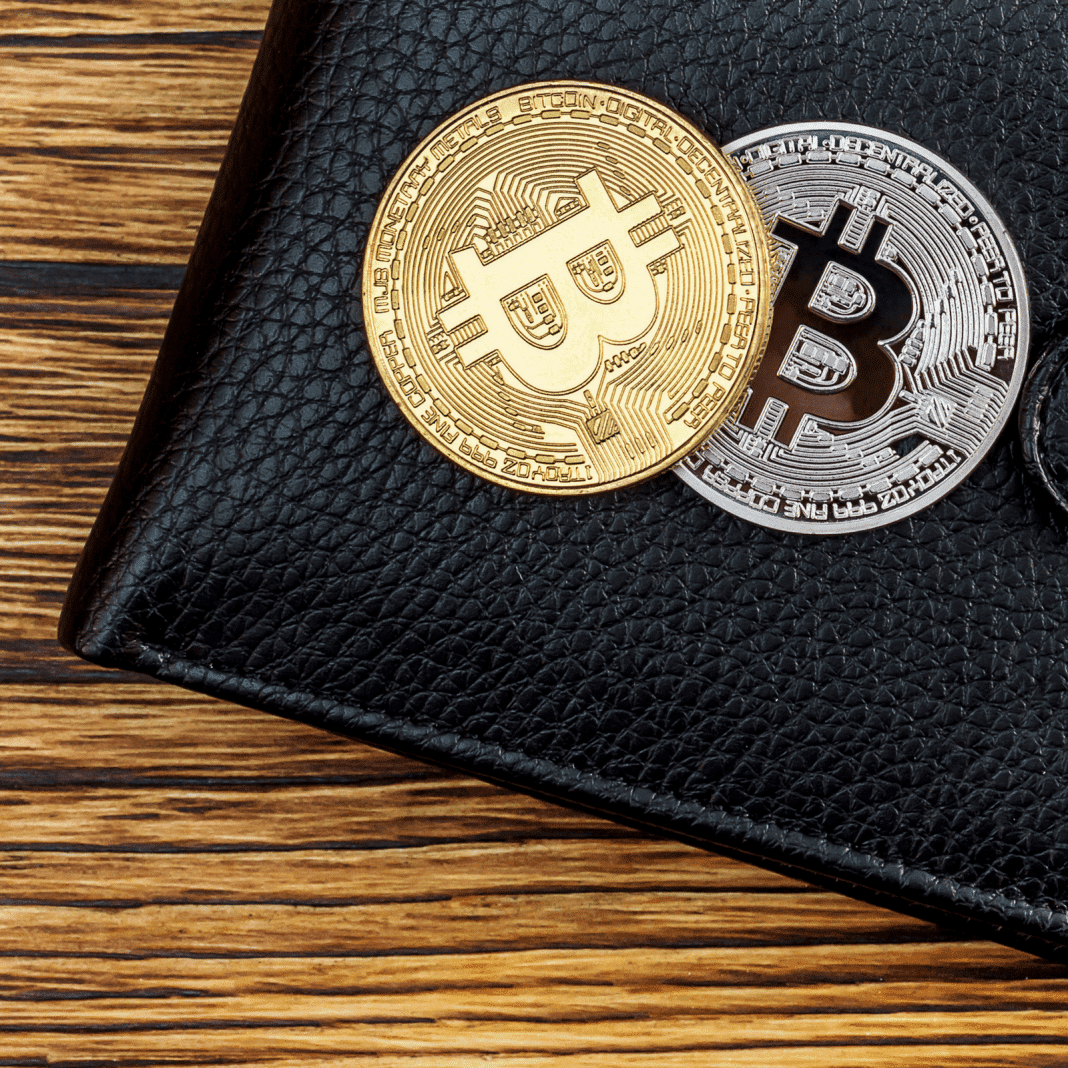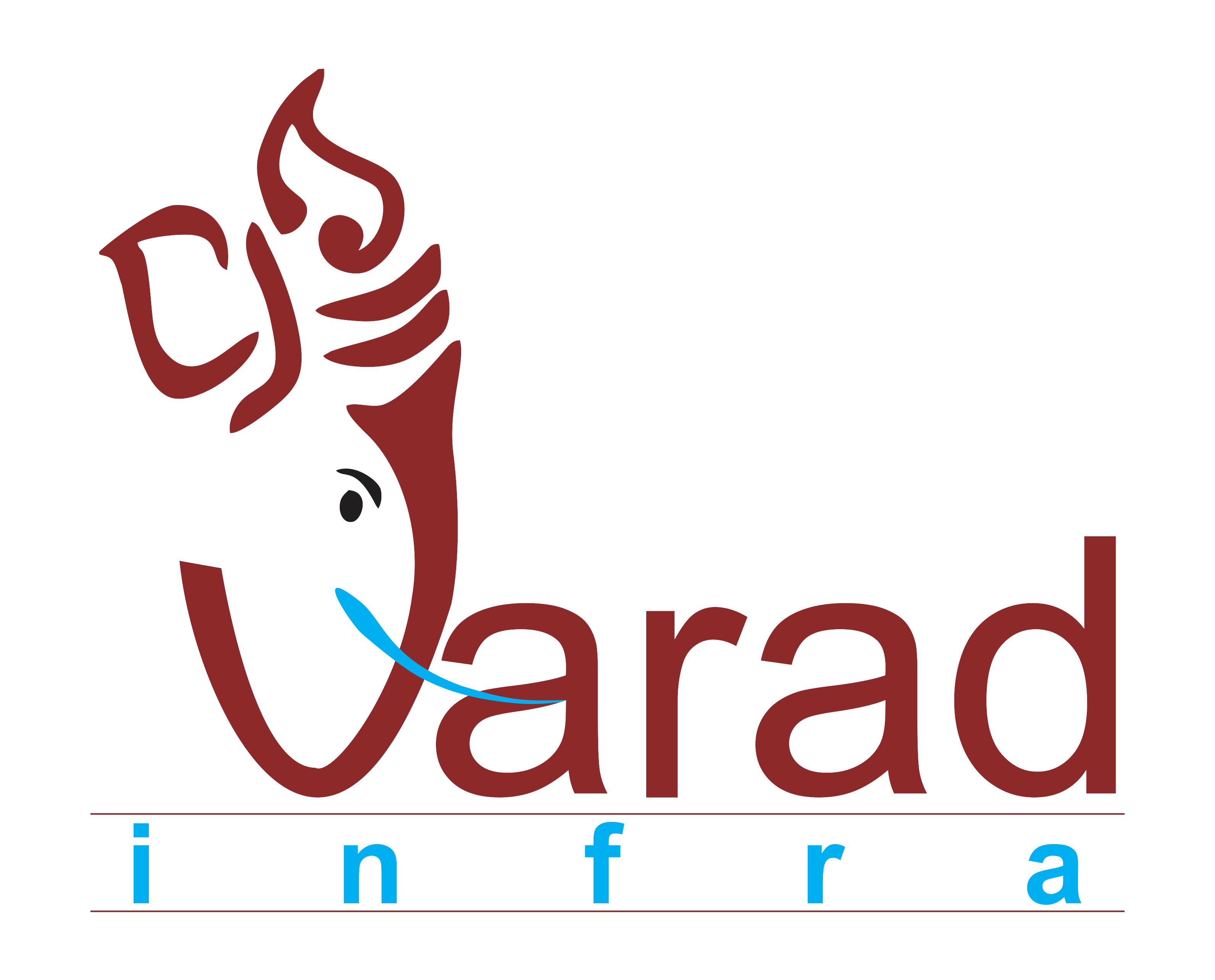Content
A one-way bridge would allow for data transfer from Blockchain A to Blockchain B and not the other way around. Stateless SPV operates by sending only the transaction’s necessary headers. The receiving chain does not have to keep a complete record of headers, which greatly reduces storage needs. It assumes that the amount of work necessary to construct a sequence of acceptable headers proving a fraudulent transaction exceeds the transaction’s value. A fraudulent transaction is defined as one that did not occur on the origin chain.

Instead the power to operate across networks can be achieved on a decentralized basis. This has also resulted in a lower adoption rate because applications developed for one network only work on that network. Investors are gradually showcasing more interest in the field of DeFi. Therefore, the uses of a blockchain bridge are gradually gaining momentum in the decentralized applications ecosystem.
Coinbase Allows Web 2.0 Developers to Enter the Web3 with Wallet API Launch
Blockchain bridges can be trusted, trustless, unidirectional, or bidirectional . Blockchain bridges can also facilitate the transfer of various data sets and transactions. For example, this includes decentralized identities, smart contract calls, and off-chain information (i.e., market price or game score feeds). Blockchain bridges have become one of the inevitable necessities for the decentralized application ecosystem.
The Binance chain-to-chain bridge is a strong example of a trusted distributed bridge. The Binance chain-to-chain bridge allows for the exchange of assets and data in both directions between two Blockchains. A bidirectional bridge is a bridge that allows two-way communication between two Blockchains. As with the other types of bridges, a bidirectional bridge can be based on either a trusted or a trustless model. The two-way Avalanche Bridge allows users on the Avalanche network to seamlessly transfer assets to and from the Ethereum network.
The Wrap Protocol, which as of this writing will soon be rebranded as the Plenty Bridge, can be used to transfer ERC20 and ERC721 tokens between the Tezos network and Ethereum, Polygon, and BSC. The Tezos blockchain uses validating nodes known as bakers to implement its proof-of-stake consensus algorithm. Portal offers unlimited transfers of assets between Solana and several other DeFi blockchains, such as Ethereum, Terra, Binance Smart Chain, Avalanch, oasis, and Polygon. Various projects have been developed over time to connect networks, allowing for the easy flow/exchange of data from one network to another while also increasing the adoption rate.
This can be useful for people who are operating on a network that does not have direct access to another network. A bridge can help facilitate the transfer of data and other resources from one Blockchain to another. Despite the importance of blockchain interoperability, cross-chain systems may face some challenges when transacting assets or data from one chain to another. The Avalanche Bridge can be used to transfer assets between the Avalanche proof-of-stake blockchain and Ethereum. According to the documentation, an Avalanche transaction on AB will take a few seconds, while an Ethereum transaction may take up to 15 minutes.
What bridge to choose?
Systemic financial risks – Many bridges use wrapped assets to mint canonical versions of the original asset on a new chain. This exposes the ecosystem to systemic risk, as we have seen wrapped versions of tokens exploited. Blockchains have unique strengths, weaknesses, and approaches to building applications (such as speed, throughput, costliness, etc.). Bridges help the development of the overall crypto ecosystem by enabling blockchains to leverage the innovations of each other. Looking at the screenshot above, you can also see our MetaMask extension, which we use to authenticate users and confirm transactions. Moreover, you can see that our MetaMask connects to the Rinkeby testnet, which is the main chain for our example.
Developers from different blockchain ecosystems to collaborate and build new platforms for the users. If you are confident that you have what it takes to become a blockchain developer, this is a golden time for you as opportunities in the blockchain domain are thriving. Out of every five blockchain developers, there is one eligible blockchain developer out there who fits the bill of companies.
In order to overcome scalability problems and meet user demand, blockchain interoperability platforms are connecting competing networks through smart contract-based bridges. The internet is a revolutionary system partly because of its high interoperability. Blockchain bridges are critical to enhancing the blockchain industry’s interoperability and mass adoption.
Risks of Blockchain Bridges
Asset exchange and asset transfer are the most common forms of cross-chain implementation. Both are essential aspects of the blockchain world and a crucial study focus for PPIO . Self check-in is similar to a trustless model as it removes the operator’s role and uses technology for its operations.
- The subsequent rise in the number of cryptocurrencies and development of blockchain networks with programmability, such as Ethereum, have created a completely new ecosystem.
- This include trusted, trustless, unidirectional, and bidirectional bridges.
- The Interactive Advertising Bureauhas published a use case that demonstrates how blockchain could help solve that problem.
- Trustless bridges can provide users with a better sense of security and also more flexibility when moving cryptocurrency.
- For example, bitcoin and Ethereum are the two largest cryptocurrency networks and have vastly different rules and protocols.
At the heart of it, a wrapped coin is basically a token that represents one network but lives on another . Sign up to our newsletter and stay up to date on product features, development updates and exciting new projects. Next, you will be adding “sync and watch” event listeners for both the main and side chains. Answers to all your questions about building the future of Web3 using Moralis. Add Web3 authentication to any app, and sign in users with their favorite EVM or Solana wallet. Blockchain bridges are also useful because they encourage collaboration rather than competition.
Trustless bridges are decentralized bridges that depend on machine algorithms (i.e., smart contracts) in order to operate. This type of bridge works like a real blockchain, with individual networks contributing to transaction validation. Trustless bridges can provide users with a better sense of security and also more flexibility when moving cryptocurrency. Seamless transfer of assets to and fro different blockchain networks can also help developers overcome conventional barriers in dApps development. As the popularity of blockchain applications such as DeFi apps, NFTs and DAOs continue to grow; bridges can offer seamless user experiences. Dive deeper into the domain of web3 and find out the significance of a blockchain bridge for the future now.
About ethereum.org
Currently, many governments around the world are considering using blockchain technology to provide better transparency of government operations. As I write, blockchain is in its infancy, but there are some early projects using it to provide trust. You may have heard of advertising fraud in banner ads — where web page views or video plays are faked by bad actors to collect money from advertisers.
One possibility for the bridge could be to bridge us to Ethereum, and/or puts us a step closer to our own blockchain. We cant know full scope of the plan until they tell us…..but this is a big deal.
— ᑭᕼIᒪ ᗰᑕGᖇOIᑎ (@_PhilMcGroin) June 2, 2021
While Bitcoin is well known, the Bitcoin blockchain doesn’t have the same smart contract features that are the foundation of Ethereum-based blockchains. Smart contracts enable decentralized finance, decentralized apps and NFTs. Users looking https://xcritical.com/ to use Bitcoin across other blockchain networks will first need to covert to Wrapped Bitcoin. This was originally run as a blockchain bridge by BitGo, and in 2022 is supported and available via a growing partner network of exchanges.
Scope of Blockchain Integration into Government Agencies
A Blockchain bridge connects different Blockchain networks together by using intermediary gateways. You can picture the bridge as a normal bridge connecting two separate Blockchain networks. Moralis Academy is a world-leading Blockchain, Crypto, and Web 3.0 e-Learning provider from the team behind Moralis (the ultimate Web 3.0 development platform). Transferring data from one blockchain to another that has a greater or lesser number of miners or validators could result in third-party tampering of the ledgers or other issues. As part of the proof-of-work consensus, the origin chain generates sequences of headers for free for honest transactions.

Plus, you will take a closer look at smart contracts, which are the core part when you want to build a cross-chain bridge. Moreover, a Moralis expert will show you how to make use of Moralis’ database, “sync” feature, and cloud function feature. Furthermore, you’ll also learn how to code a simple user interface for your cross-chain bridge. With a trusted blockchain bridge, the risk is primarily censorship that could prevent users from interacting with the protocol. Plus, there is a custodial risk of giving access to potentially malicious bridge operators desiring to steal funds.
Sign in to your account and start learning!
That can include purchasing various Ethereum tokens or making low-fee payments. On the other hand, a trustless blockchain bridge runs using smart contracts and algorithms on a blockchain network. As such, there is no risk of gatekeeping or the need for trusting central authorities with users’ assets. Instead, a trustless bridge is fully transparent using cryptography, mathematics, and computer science for transactional security. For example, trusted blockchain bridge presents the concerns of censorship due to centralized control.
The restriction on interactions between different blockchain networks creates limits for decentralization, the core principle of blockchain technology. Finally, blockchain bridges could expose the underlying protocols to risks related to the disparity in trust. Because blockchain bridges connect different blockchains, the overall security of the interconnected networks is as strong as the weakest link. This comes at the cost of security, however, since users are, by definition, relying on the security of the bridge rather than the source or destination chains. While most external validators today are trusted models, some are collateralized, of which a subset is used to insure end-users.
A trusted bridge is a Blockchain bridge that uses a central entity or a third party as a middleman for communication between the two networks. This bridge will have rules that direct how data is exchanged between the two networks. The first bridge was created in 2004 as an interconnection between two virtual machines. Interoperability what is a blockchain bridge and how it works was a key factor in bridge development, allowing users to exchange data between Blockchains seamlessly. It also provides general message bridging for cases such as cross-chain DEX and NFTs. Other exciting features include secured bridge node service, flexible security models, and native gas token unwrapping.
